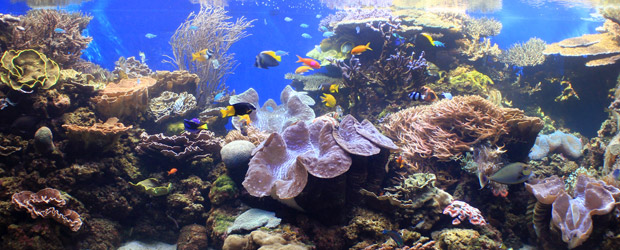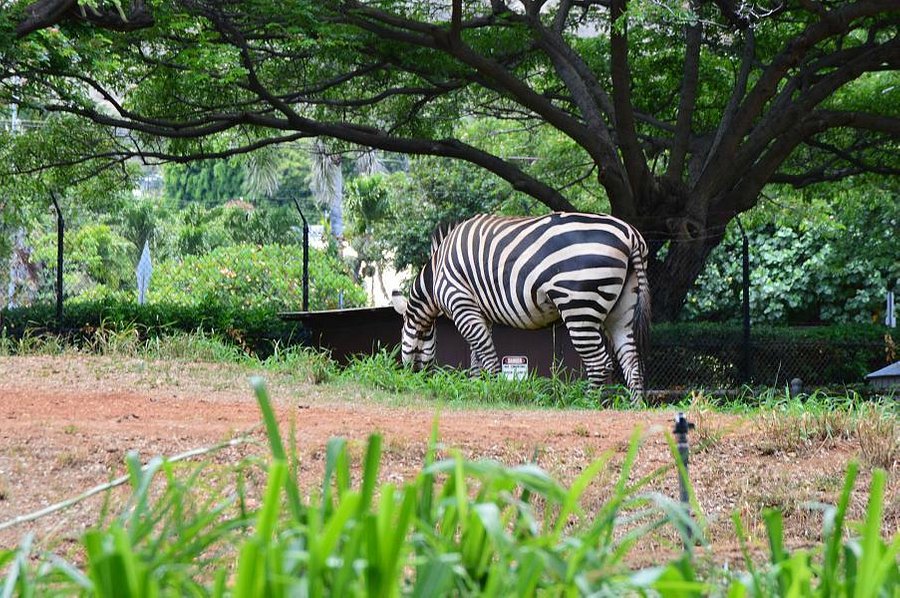
- Home
-
Program
-
Registration Now Open
-
Hotel & Travel
-
Network
Honolulu, on the island of Oahu’s south shore, is capital of Hawaii and gateway to the U.S. island chain.
The Waikiki neighborhood is its center for dining, nightlife and shopping, famed for its iconic crescent beach backed by palms and high-rise hotels, with volcanic Diamond Head crater looming in the distance and sites relating to the World War II attack on Pearl Harbor include the USS Arizona Memorial.
Considering a Luau?
CLICK THIS LINK for a price and review comparison of the island's Luau and Hula Offerings.
Diamond Head is a volcanic tuff cone on the Hawaiian island of Oʻahu and known to Hawaiians as Lēʻahi. The Hawaiian name is most likely derived from lae plus ʻahi because the shape of the ridgeline resembles the shape of a tuna's dorsal fin. Its English name was given by British sailors in the 19th century, who named it for the calcite crystals on the adjacent beach.
Sea Life Park, awarded one of Hawaii's Best Attractions, Sea Life Park iset place to take the family. Meet rescue Sea Lions, feed the birds in the aviary, visit the Discovery Reef Touch Pool, meet baby turtles, feed the fish, take a tour of the facility, watch the sharks get fed-all this and much more included in your ticket when you buy online!
 The Waikīkī Aquarium is an aquarium in Honolulu, Hawaii, United States. It was founded in 1904 and has been an institution of the University of Hawaiʻi at Mānoa since 1919. The aquarium is the second-oldest still-operating public aquarium in the United States, after the New York Aquarium. Built next to a living coral reef on the Waikīkī shoreline, the Waikīkī Aquarium is home to more than 3,500 organisms of 490 species of marine plants and animals.
The Waikīkī Aquarium is an aquarium in Honolulu, Hawaii, United States. It was founded in 1904 and has been an institution of the University of Hawaiʻi at Mānoa since 1919. The aquarium is the second-oldest still-operating public aquarium in the United States, after the New York Aquarium. Built next to a living coral reef on the Waikīkī shoreline, the Waikīkī Aquarium is home to more than 3,500 organisms of 490 species of marine plants and animals.
The USS Arizona Memorial, at Pearl Harbor in Honolulu, Hawaii, marks the resting place of 1,102 of the 1,177 sailors and Marines killed on USS Arizona during the Attack on Pearl Harbor on December 7, 1941, and commemorates the events of that day. The attack on Pearl Harbor led to the United States' involvement in World War II. The memorial, built in 1962, is visited by more than two million people annually. Accessible only by boat, it straddles the sunken hull of the battleship without touching it.
The Bernice Pauahi Bishop Museum, designated the Hawaii State Museum of Natural and Cultural History, is a museum of history and science in the historic Kalihi district of Honolulu on the Hawaiian island of Oʻahu. Founded in 1889, it is the largest museum in Hawaii and has the world's largest collection of Polynesian cultural artifacts and natural history specimens.
 Honolulu Zoo,
Honolulu Zoo,
From pink flamingos to African giraffes, the Honolulu Zoo is home to a little bit of everything from the animal kingdom. Its animal population includes more than 64 reptile, 38 mammal and 160 bird species. The 42-acre facility is organized into three tropical ecological zones
Looking to see the sights? Here are a few ideas from Trip Advisor
Hawaii has four distinct seasons, all of which produce different types of tropical fruit.
- FALL: breadfruit, citrus, dragon fruit, jackfruit, passionfruit, starfruit.
- WINTER: breadfruit, citrus, longan, mangosteen, rambutan.
- SPRING: avocados, chocolate sapote, citrus, lychee, mangosteen, star apple.
- SUMMER: avocados, dragon fruit, egg fruit, jackfruit, lychee, mango, passionfruit, soursop.
- YEAR-ROUND: apple bananas, breadfruit, coconuts, noni, papaya, pineapple.
The Shaka
Hang loose, Right on, Thank you, Things are great, Take it easy – in Hawaii, the shaka sign expresses all those friendly messages and more. To make the shaka, you curl your three middle fingers while extending your thumb and pinky finger.
There are fewer than 5,000 pure native Hawaiians left on earth.
Why Do Hawaiians take shoes off?
It shows respect to the owner of the house by keeping their home clean and not tracking dirt and germs inside, especially if there's a baby or toddler crawling around on the floor, but on an emotional level, removing your shoes also means it's time to relax and join in the party.
Why did America want Hawaii?
The planters' belief that a coup and annexation by the United States would remove the threat of a devastating tariff on their sugar, and spurred by the nationalism aroused by the Spanish-American War, the United States annexed Hawaii in 1898 at the urging of President William McKinley.
What do Hawaiians call flip-flops?
Hawaiians call flip-flops slippers, or slippahs. They wear them at all times and for every occasion.
Why do things close so early in Hawaii?
Electricity is six times more expensive per kilowatt than someplace like Seattle that has electricity generated by hydroelectric power (dams). Therefore, businesses tend to follow daylight hours for practical reasons.
Things you should never do in Hawaii
- Don't touch the turtles in Hawaii.
- Don't touch the dolphins and monk seals.
- Don't touch the coral in Hawaii.
- Don't wear sunscreen that isn't reef-safe.
- Don't underestimate the power of the sun in Hawaii.
Traditional Hawaiian Food: Try These Massively Tasty Dishes
- Poi the traditional Hawaiian filler starch dish is a thick paste mainly made of taro root but can also be made of pounded bananas or pineapples mixed with coconut cream.
- Laulau a Hawaiian dish made out of fatty pork and salted butterfish wrapped in lu'au leaves and ti leaves.
- Kalua pig Kalua pork is a smoked shredded meat. It is the main dish and most common food served at traditional Hawaiian luaus and feasts.
- Poke is diced raw fish served either as an appetizer or a main course and is one of the main dishes of Native Hawaiian cuisine.
- Lomi Salmon (lomi-lomi salmon) is made from salted salmon, tomatoes, onions, and green onions
- Chicken long rice is a Hawaiian noodle dish made from vermicelli noodles, chicken thighs, fresh ginger, and green onions.
The Hawaiian Language
In 1985, only 32 island children under the age of 18 spoke the Hawaiin language, and though it is still critically endangered, the growing number of native speakers is encouraging. The 2010 census reported that 24,000 households identified Hawaiian as their dominant language. Find out more: https://www.uhfoundation.org/saving-hawaiian-language
























